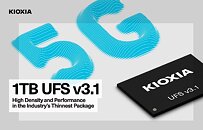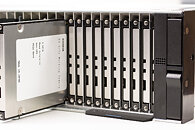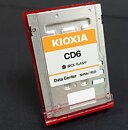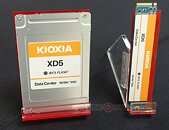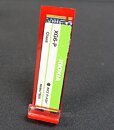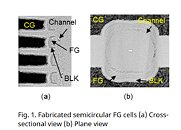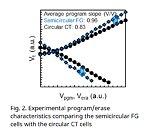
Kioxia Launches Second Generation of High-Performance, Cost-Effective XL-FLASH Storage Class Memory Solution
Kioxia Corporation, the world leader in memory solutions, today announced the launch of the second generation of XL-FLASH, a Storage Class Memory (SCM) solution based on its BiCS FLASH 3D flash memory technology, which significantly reduces bit cost while providing high performance and low latency. Product sample shipments are scheduled to start in November this year, with volume production expected to begin in 2023.
The second generation XL-FLASH achieves significant reduction in bit cost as a result of the addition of new multi-level cell (MLC) functionality with 2-bit per cell, in addition to the single-level cell (SLC) of the existing model. The maximum number of planes that can operate simultaneously has also increased from the current model, which will allow for improved throughput. The new XL-FLASH will have a memory capacity of 256 gigabits.
The second generation XL-FLASH achieves significant reduction in bit cost as a result of the addition of new multi-level cell (MLC) functionality with 2-bit per cell, in addition to the single-level cell (SLC) of the existing model. The maximum number of planes that can operate simultaneously has also increased from the current model, which will allow for improved throughput. The new XL-FLASH will have a memory capacity of 256 gigabits.





















